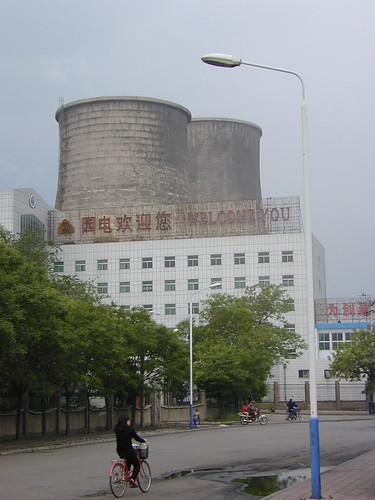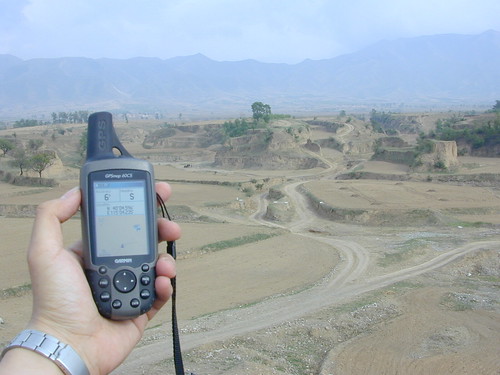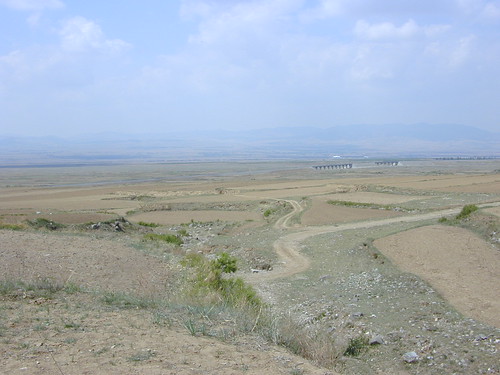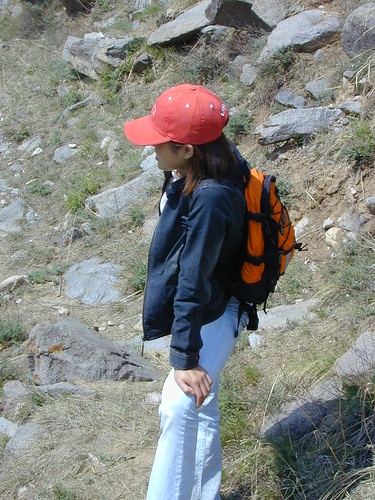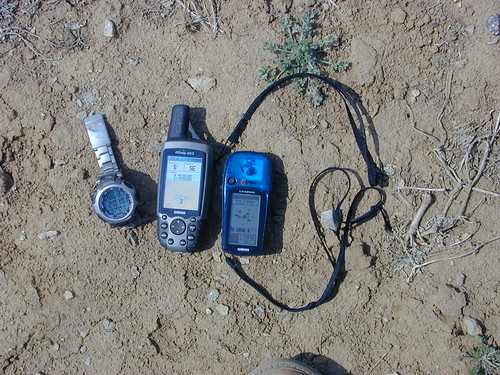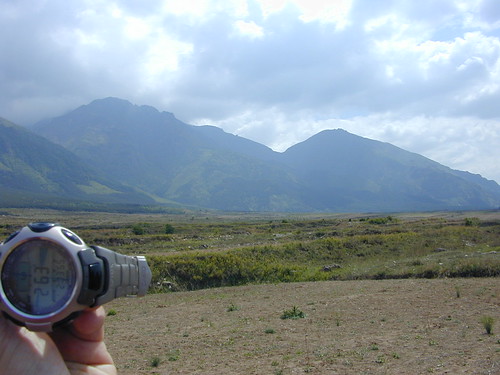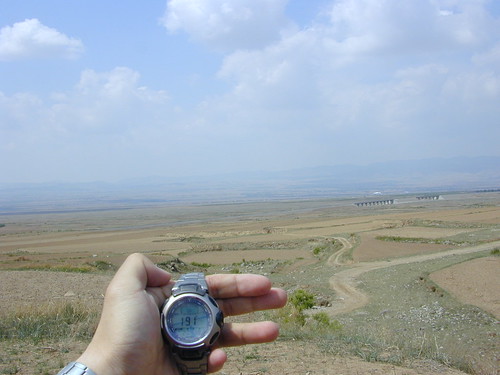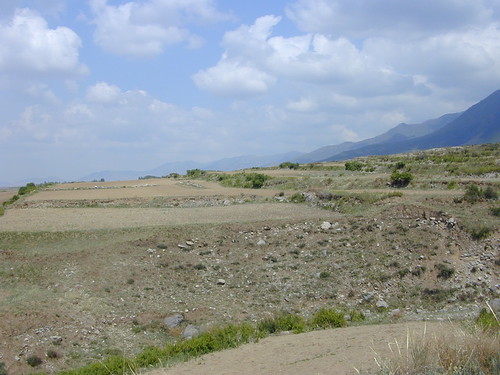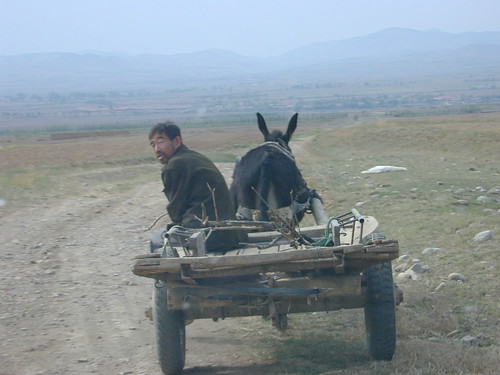东经115度,北纬40度是啥样子呀?英文版
这是我们两年多前去的,这个地方在河北,大家有兴趣可以用googlemap看看地形。我们一行4个人,这篇文章是Frank写的,Frank是Harvard的毕业生,美国人,来中国几年了,他的博客在:http://blogs.msdn.com/acid49/
这是Degree of Confluence Project.
The goal of the project is to visit each of the latitude and longitude integer degree intersections in the world, and to take pictures at each location. The pictures, along with a narrative describing the adventures it took to get there are then posted on this web site. This creates an organized sampling of the world.http://www.confluence.org/index.php
文章开始:
May 15, 2004
We set out from Beijing at about 9:00 am after reading how the first incomplete attempt ran out of time. We awoke in the morning to pouring rain and dark skies. Since the confluence was about 114 KM away, perhaps its clearer there or the rain would just dissipate away.
Having read the first attempt, we decided to take the less scenic but much faster modern expressway where you can run at about 80 mph if you’re not afraid of large trucks around you. The road towards the confluence was like a backwards trip into time and geology. As we left the huge congested sprawl of Beijing, we took the Badaling expressway into Hebei and passed through one of the points of the Great Wall of China in the mountains. From this point, things looked really bleak as fog and more rain seemed to indicate that things were getting worse for the weather.
However, after clearing the mountains that ring Beijing and getting back to the flat terrain of Hebei, the skies not only cleared up but the terrain turned flat and arid. It takes about 2 hours to get to within km of the confluence so it was a long drive still. On the way to the site we passed, military tanks, coal towers that looked like nuclear reactors and generally saw the landscape and the villages get more primitive as we went further away from Beijing.
After leaving the expressway, we needed to turn south on local roads to get to the confluence which took us through some cities and villages along the way. We passed a few weddings complete with outdoor rock and roll bands as well as some really old dilapidated buildings.
When SBD made the first attempt, he wrote that the scenery was amazing. I will have to concur with that observation as well. We noted that this part of China looks less like typical China and more like Utah and Southern Arizona. Complete with adobe-like huts beautiful mountain ranges and striking vistas and valleys, this could have been the American west.
When we got highway G109, after having to take a detour due to construction on a terrible local dusty road, we were met with a modern, wide, flat and uncluttered highway. Although there were many trucks, this highway was great with views on both the left and right side.
It was probably the riverbed of an ancient wide river and you can still see some of the little islands jutting upwards. Houses and huts were made of mud or clay and they built storage holes into the hills and cliffs themselves. After seeing the visual noise and clutter of Beijing, this was quite a contrast.
We turned off G109 about 6km from the confluence just like the previous attempt. However, we saw some local dirt roads or paths leading closer to the confluence. The terrain was more like a desert and during the rainy season, this whole area would have been impassable as it is interlaced with lots and lots of dry streambeds. We took our jeep to within 3 km of the confluence and parked to begin our hike.
Since there is a general lack of people or anything for that matter this whole area was very very quiet. It was not wild since there were some crops and other manmade plants that were grown wherever a level field could be found but there was no one around to be found. The hike to the confluence was generally on dry level ground but there were many rocks having been washed down from the neighboring mountains. It was generally a great hike with amazing views and terrain not too difficult to navigate or maneuver.
Although we had 2 GPS units, we still manage to meander around to the confluence since some of the brush and embankments were quite steep. After about an hour or so of walking, we managed to come really close to the confluence. As we, approached we had to go down a depression which was a bit of a downer since it was more like a big pit.
However, the GPS units said that the confluence was actually a few more meters away on higher ground and we lept at the chance to see what it looked like.
When we got to the plateau, we wandered around to zero the GPS units down to integers. It was a great location. To our North West was a beautiful majestic mountain range. To our South East was a vast and panoramic valley with another mountain range across. We had found the confluence and owe some gratitude to SBD for including some words on the scenery of how beautiful it is. Its hard to believe this was not a tourist trap since most of the temples and other things in China already are. However, this confluence has brought us to a place in China where medieval villagers still live in mud huts and the open skies and mountain ranges of China’s west can be sampled only 2 hours away from Beijing.
On the way, back we stopped to take pictures of the mud huts and even ran into some sheep herders on the mountains. We recommend this confluence during the dry season to anyone who wants to see some natural sites of China that will sadly probably disappear underneath a highrise or KTV in the future.
路上
快到了
下了车还要走很远 ,我们从大桥那里走过来
没有美女谁去呀?
到了
北面
南面
东面
西面
